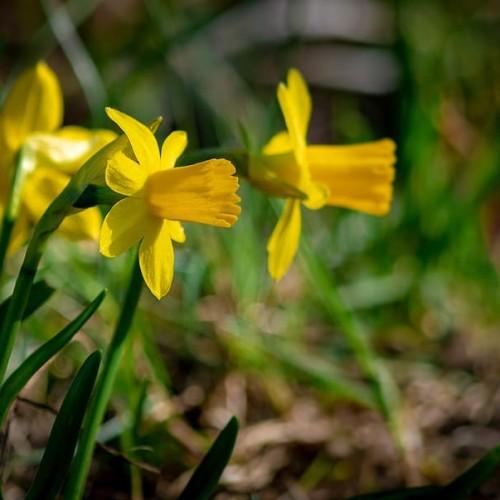
cyclamineus daffodil
Narcissus 'Rapture'
Cycle:
Perennial
Watering:
Average
Hardiness Zone:
3 - 8
Flowers:
Flowers
Sun:
Full sun,part shade
Leaf:
Yes
Growth Rate:
High
Maintenance:
Low
watering
Watering your cyclamineus daffodil (Narcissus 'Rapture') should be done on a regular basis. During the growing season, these plants need to be watered once a week, allowing the soil to dry out between waterings but not to the point of wilting. Water should be applied directly to the ground, not the foliage, and kept away from the plant's center. In the cooler months, reduce the frequency of watering to once every 2 to 3 weeks. During winter, stop watering altogether. Always make sure that the soil is fully drained before watering again.
sunlight
Cyclamineus daffodils (Narcissus 'Rapture') require full sun to produce their best bloom and foliage. They prefer about 8 hours of direct sunlight each day, with the sun at its zenith between 10 AM and 2 PM for best flowering. These daffodils should be planted in an area that receives full-sun exposure all day long; however, some afternoon shade may be tolerable as well. Be sure to position this plant away from any trees or structures that may shade it from the sun.
pruning
Cyclamineus daffodil (Narcissus 'Rapture') should be pruned immediately after flowering in late spring. This species of daffodil has particularly long leaves that are usually left alone and not cut back until the foliage has died completely. Care should be taken to avoid cutting the flower stems or leaves, as this may lead to stunted or weak growth the following spring. In general, only the seed heads should be removed to improve the look of the garden. Pruning should be light, with no more than 1-third of the stems cut away. This will ensure healthy, vibrant blooms in future years.
